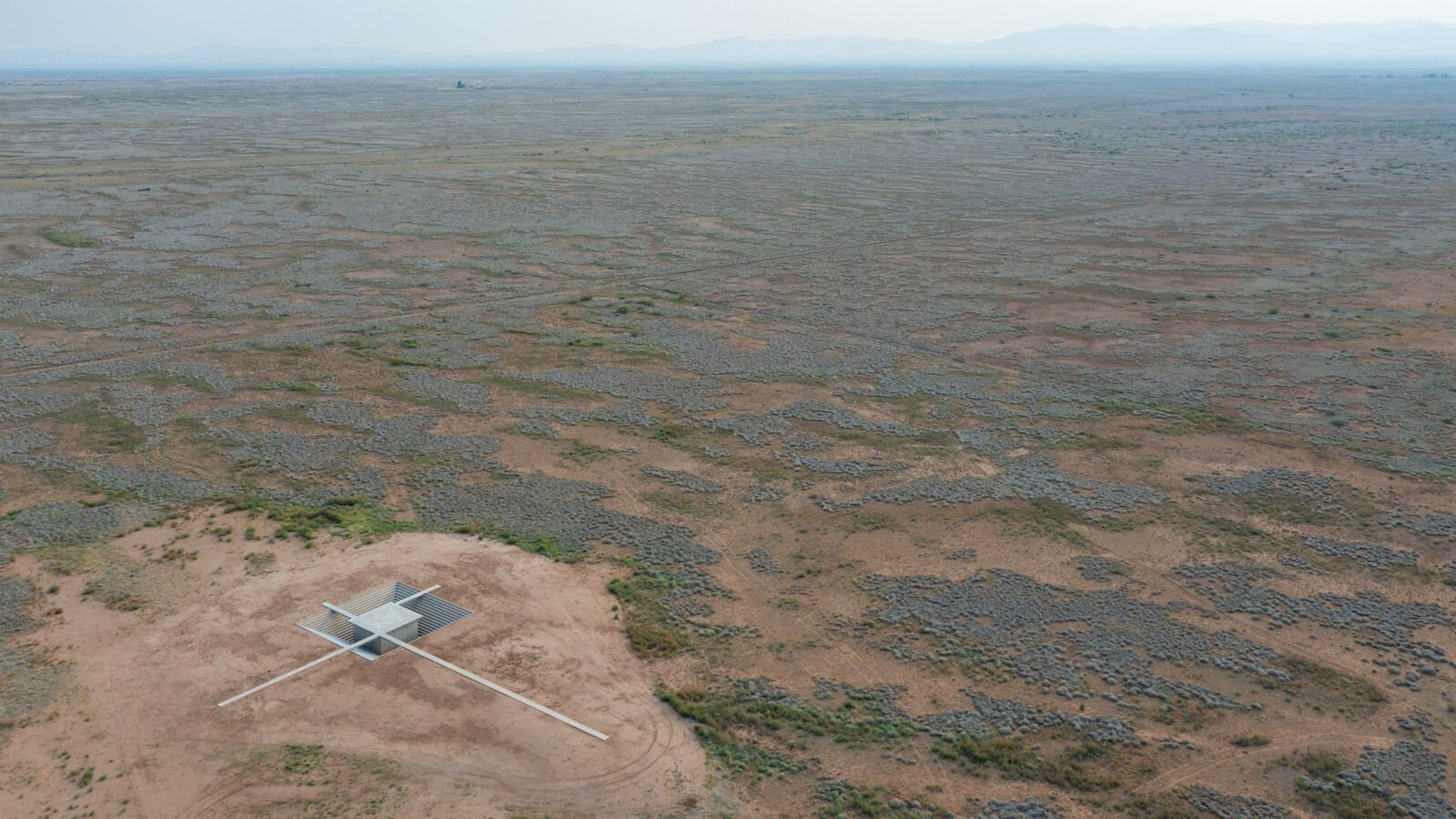
It’s the rarest of commissions: A client seeking an experimental work of architecture for a remarkable landscape. When an artistic expression is conjured to pay homage to nature, the references are plenty: We think of Robert Smithson’s Spiral Jetty and the myriad light works of James Turrell.
Yet French conceptual architect David Telerman was more inspired by Le Corbusier, whose Villa le Lac frames views of Lake Geneva as if they were canvases, and by Max Ernst, the surrealist painter who travelled to Arizona, fascinated by its desert landscape.

It is in South Tucson, Arizona, that Telerman has realized McNeal 020, a striking subterranean pavilion made of reinforced concrete, cast in-situ. The form’s rational, rectilinear geometry is in dramatic contrast with the hues of the desert (adjacent to the Mexican border and near McNeal, a town of 250 inhabitants). Each of its sides, which sit flush with the ground, are 15 metres long. Beginning from this framework, four sets of steps cascade in an inverted descent. A central cubic volume — furnished only with a bench — rises to the level of the terrain with its four arms (the longest is 35 metres) stretching across the land.


As Telerman explains in the project description, “Despite its apparent simplicity, the structure tends to express, almost in a primitive way, the contrast between nature that gradually disappears down the stairs in a quiet sound and the view of nature reappearing while climbing up the stairs, the reddish ground, heavy wind and the mountains in the far end.”

If the juxtaposition between the vast landscape and the manmade form gives the project its most profound effect, it’s precisely in order to make the natural world stand out. “The inverted ziggurat is all about limitations, with only the sky, light and shadows visible within the space,” Telerman told C3 magazine.
He explains that “by hiding parts of the visual perception or by isolating the body on the lines passing over the stairs and without any handrail protecting one from a fall, the architecture allows for a multi-sensory experience.”

It’s not a mirage. The experimental viewing platform by David Telerman celebrates the natural landscape and the senses.
